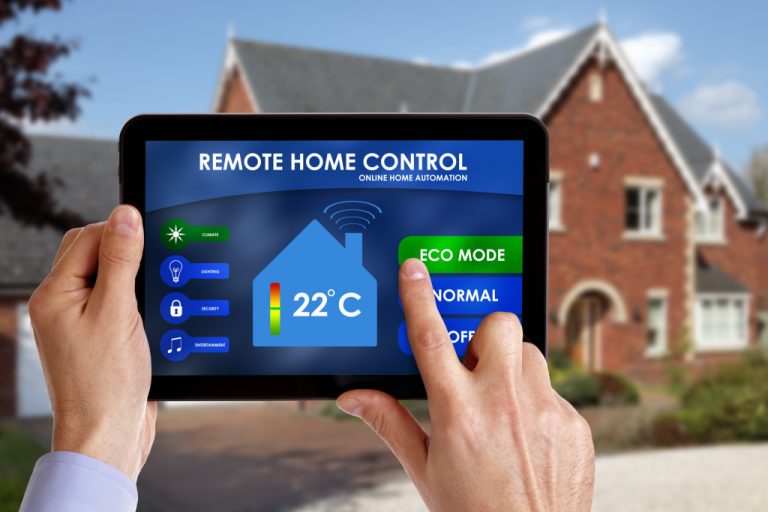Sports and technology may be two different things, but both play major roles in the global sports scene. Athletes and teams are in a never-ending search for tools and techniques for performance boost and speed up injury recovery. While there’s hesitance to newer methods from team doctors and established coaches, sports technology continues to provide major contributions, especially in athletic training.
Sports performance technology has a huge impact on the athlete’s ability to improve and perform over time. These tools allow athletes to employ a data-driven method when training and replicate situations they’re likely to face in competitions. One example is the development of the speed pitch booth to improve baseball player’s speed pitch performance. Through this tool, players can improve their skills to throw a fastball until they get it right.
Technology has revolutionized sports training more than ever. It has improved athlete’s performance by making it more workable, accurate, and refined. To know more about sports technology, here are three technology resources helping athletes in their performance and training.
Performance analytics to prevent injuries
Acquiring injuries is a common occurrence while training and playing sports. In fact, the most serious sports injuries can incapacitate and completely disable athletes, keeping them out of their game for several months or even longer. That’s why it’s almost impossible for a professional athlete to not sustain at least a few injuries during their entire career.
Severe injuries can take a toll on players by taking away the time spent on training and competition and also the budget for the training and recovery. For example, the National Football League spent $100 million in 2016 to address head trauma in football. This is where data technology comes in to help sports athletes and teams understand the reason behind specific injuries and ways to prevent them.
VU by Pivot is a great example of sports technology that analyzes athlete’s technique and performance. The device comes with sensors that track movements in real-time to observe the athlete’s performance and physical body, including player landings, sprints, and cuts.
Tracking athlete’s movements help coaches, trainers, and athletes understand which techniques cause injuries or if they’re suffering from excessive strain or fatigue. A sports tracking device also helps players recover from severe bone or muscular injury, since the tool tracks and analyzes the person’s movement during their rehab.
Virtual reality

Virtual reality (VR) is not only making waves in the video game industry, but it’s also a powerful tool in sports performance.
VR headsets create an immersive experience through high-resolution screens, specialty lenses, and built-in sensors. These elements put players in a simulated sports environment that almost feels real. Some sports teams implement VR into their training to enhance mental response to various situations.
Using manual methods in improving mental skills in sports games takes several training hours. Although some athletes still use them, this approach comes with risks. In team sports, training and practice sessions will always include body contact. By using VR headsets, teams can easily reduce the likelihood of risks and injuries.
Simulated practice sessions allow athletes to focus on the game mentally without worrying about the physical effects. While physical training is still necessary, VR training provides athletes more training hours analyzing their performance and techniques. VR also eliminates training resources, which means players can train conveniently without gathering other players and using extra equipment.
Sweat analytics
Believe it or not, smart patches are a new trend in sports technology by analyzing the sweat of athletes during training and competitions. These patches serve as sweat analyzers for tracking health signs, collecting data for boosting recovery, and enhancing athletic performance. This tool produces data about body solutes, such as proteins, peptides, sodium, chloride, and potassium.
Sports teams have a specific benchmark for each solute to ensure they’re in great shape. Smart patches can come in handy during training sessions to understand an athlete’s physical condition. Through the gathered data, the trainers can identify whether an athlete needs more rest or has a nutrient deficiency.
Smart patches can also track vital signs, such as respiration, heart rate, and skin temperature. Players don’t have to rely on what they feel or the coach’s observation, they can simply base their decisions using the data provided by sweat analytics.
Sports technology is certainly one of the biggest game-changers in the sports industry. Athletes and teams can now obtain accurate data in terms of flexibility, endurance, techniques, and other factors that significantly affect performance. As sports trends gain more prominence, we’ll likely see more developments in sports technology in the near future.












